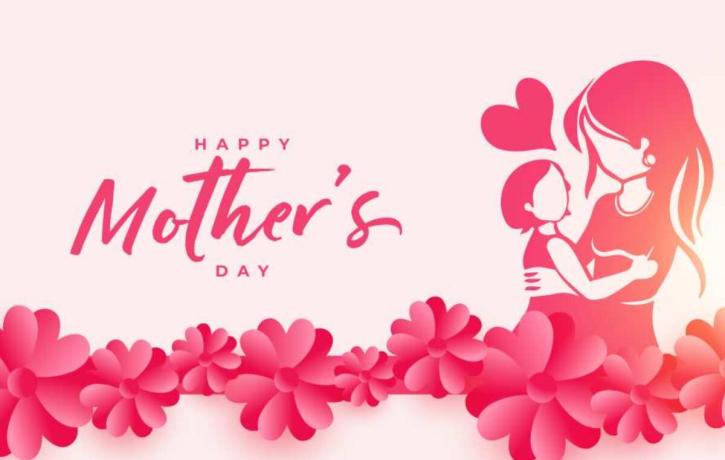Introduction
Mother's Day, In the US, it is observed on the second Sunday in May as a way to commemorate moms and the ties that bind us. It was started in 1908 by Anna Jarvis and involves family get-togethers, religious services, and gift-giving. This Day customs and origins vary throughout the world, however they frequently resemble American norms.
History
First attempts to establish a holiday
Women's peace organizations in the US sought to create peace holidays in the 19th century. In order to bring together families split apart by the Civil War, Ann Jarvis established “Mother's Friendship Day” in 1868. Anna, her daughter, carried up her work, and in the 1870s and 1880s there were just a few observances. In order to promote global peace, Julia Ward Howe established “Mother's Day for Peace” in 1872. Frank E. Hering proposed a national Mother's Day in 1904 to honor mothers and motherhood; the idea gained popularity during the following ten years.
Establishment of holiday
After her mother passed away in 1905, Anna Jarvis created Mother's Day in its current shape with the help of Philadelphia businessman John Wanamaker. On May 10, 1908, Andrew's Methodist Episcopal Church in Grafton, West Virginia, had the first formal service. Jarvis pushed for it to be declared a national holiday, and President Woodrow Wilson granted it in 1914. The International Mother's Day Shrine in Grafton honors the inaugural event today.
Spelling
Mother's Day International Association was established in 1912 by Anna Jarvis, who also registered “Second Sunday in May” and “Mother's Day” as trademarks. She made a point of stressing that “Mother's” is a unique possessive, intended to honor the mother of each household. Woodrow Wilson's 1914 proclamation and those of succeeding presidents both used this spelling.
Traditions
Mother's Day customs encompass going to church, presenting carnations, and sharing meals with family. At more than 50% of households, it's the third most popular holiday in the US for card-writing. But because of its intense commercialization, some have criticized it for becoming a Hallmark holiday.
Carnations
Since Anna Jarvis brought 500 carnations to the inaugural Mother's Day celebration in 1908, the flower has come to represent the occasion. Giving carnations became a religious ritual, and wearing one on Mother's Day was standard. Because carnations were her mother's favorite flower, Anna chose them. At first, pink carnations stood for moms who were still alive, and white ones for mothers who had passed away. Roses, blossoming plants, and floral arrangements are among the many flowers that are utilized nowadays on Mother's Day.
Commercialization
The Day angered its inventor, Anna Jarvis, when, just nine years after its inception, it became highly commercialized. Fighting against this her entire life, she supported writing personal letters and opposed buying greeting cards. In 1948, Jarvis, who had been arrested for demonstrating against commercialization, bemoaned the degradation of the occasion. And yet, it's a huge economic success today, characterized by extravagant spending on jewelry, dinner, flowers, spa services, and cards. Its ongoing popularity has been guaranteed by commercialization, unlike comparable holidays from the same era.
Sports
For fans of NASCAR, Mother's Day weekend was celebrated from 2005 to 2013 with the Southern 500 and then the Digital Ally 400. The Blue-Emu Maximum Pain Relief 500 was slated for 2020, and the Goodyear 400 was a Mother's Day special in 2021. This weekend has hosted the IndyCar Grand Prix since 2014. From 2007 to 2018, the golfers Championship golf event typically fell on Mother's Day weekend. During this time, golfers usually wear pink accessories as a way of honoring moms.

